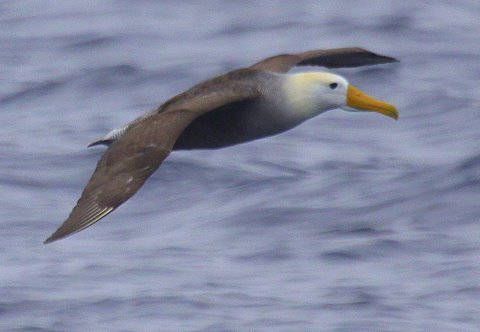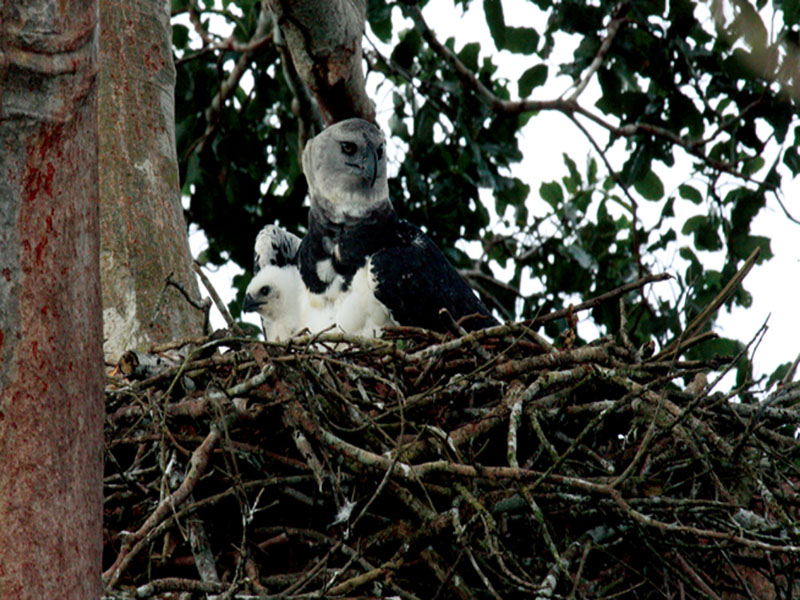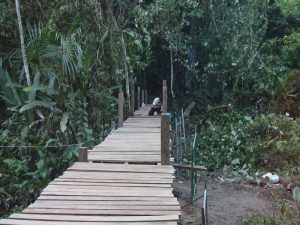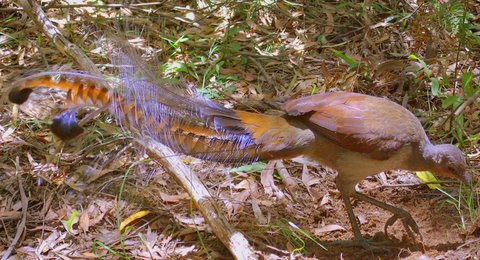Waved Albatross Phoebastria irrorata
Waved Albatross is a medium sized Albatross that breeds on Española island in the Galapagos. In recent year the population of adult birds have decreased and this has warrent elevating its threat category to critically threatened according to BirdLife International.
They breed every other year. Practically all individuals pass time in Peruvian waters when not breeding and therefore they can be seen on pelagics from Lima all year around. The time at sea is when they are most vulnerable. There are reports that they are being hunted deliberately in Northern Peru and Southern Ecuador.
I guess we should blame Monthy Python for creating Albatross demand.
Where to see Waved Albatross.
In Peru it is not difficult to see Waved Albatross from the pelagics that Kolibri Expeditions organize from Lima and from Tumbes. But the most spectacular sighting is to see the display on Española island on the Galapagos. The Waved Albatross is present at the nest sites between late April to November/December. The bill fighting is best observed early in the season or very late, as the birds re-enforce the bonds between the male and female.
Once in a while Kolibri Expeditions arrange also trips to Galapagos.





